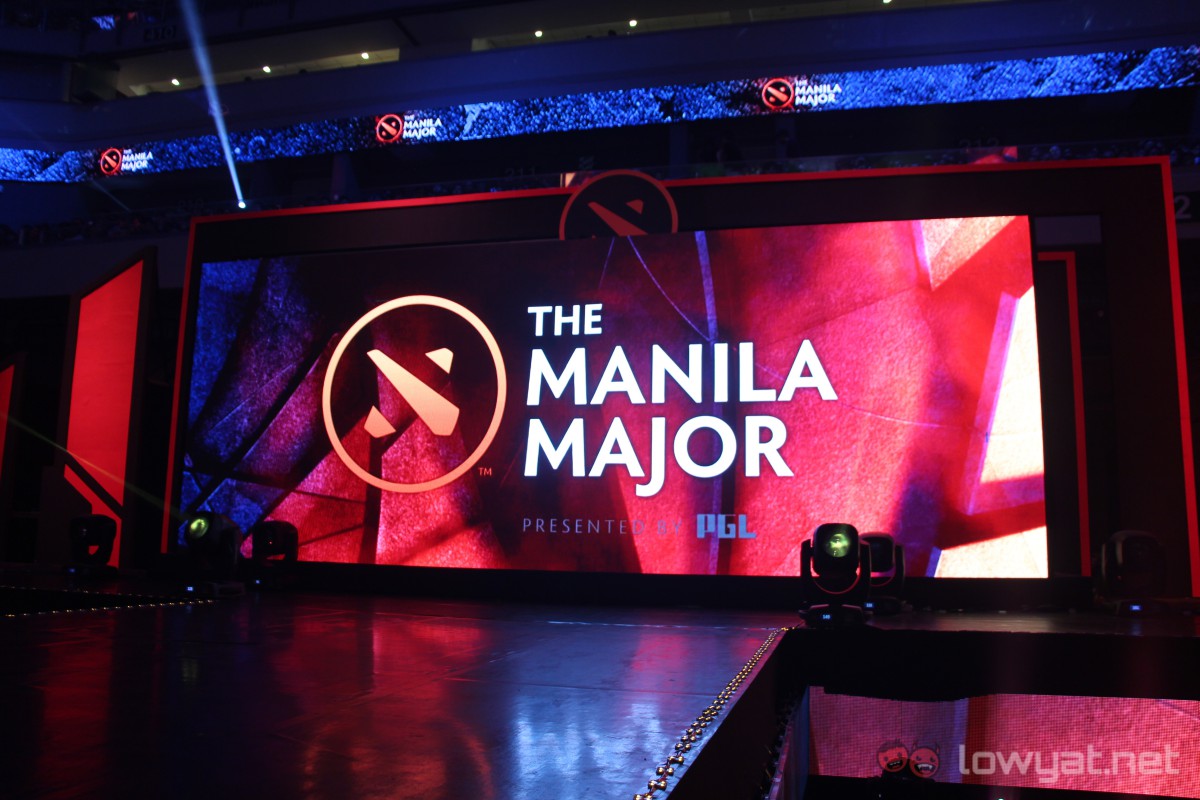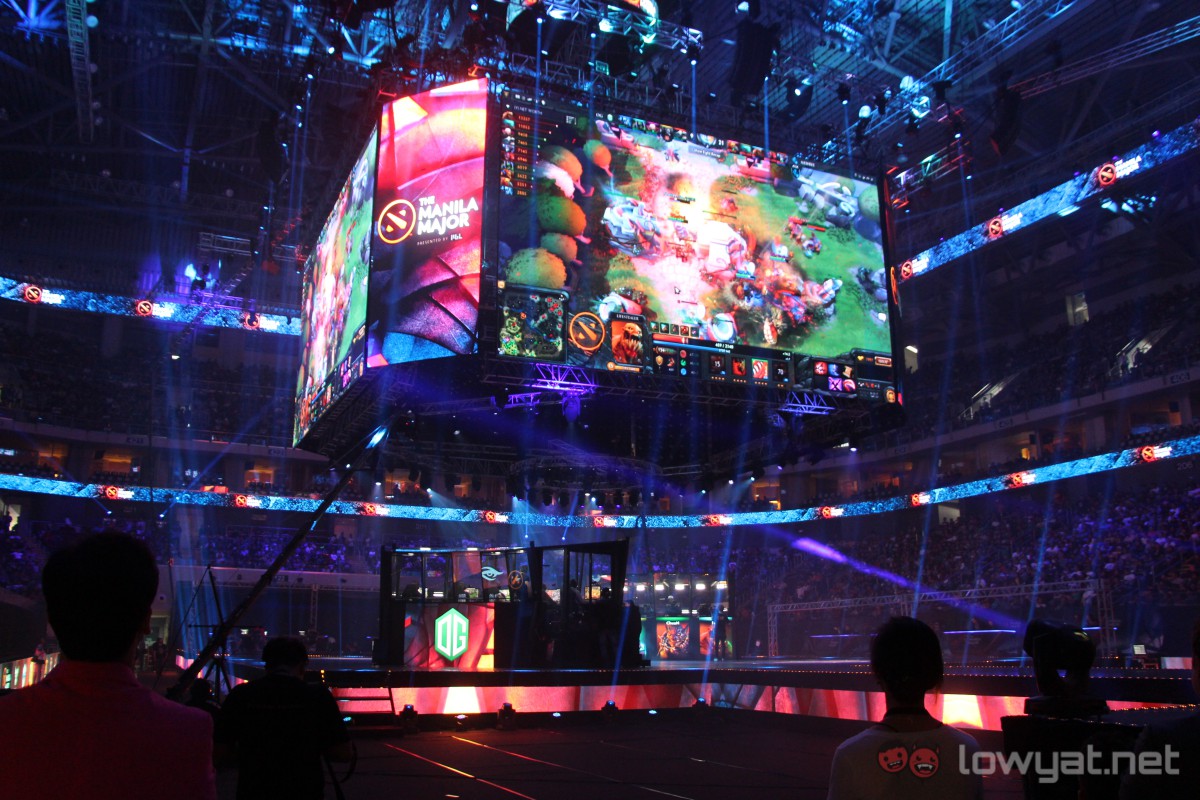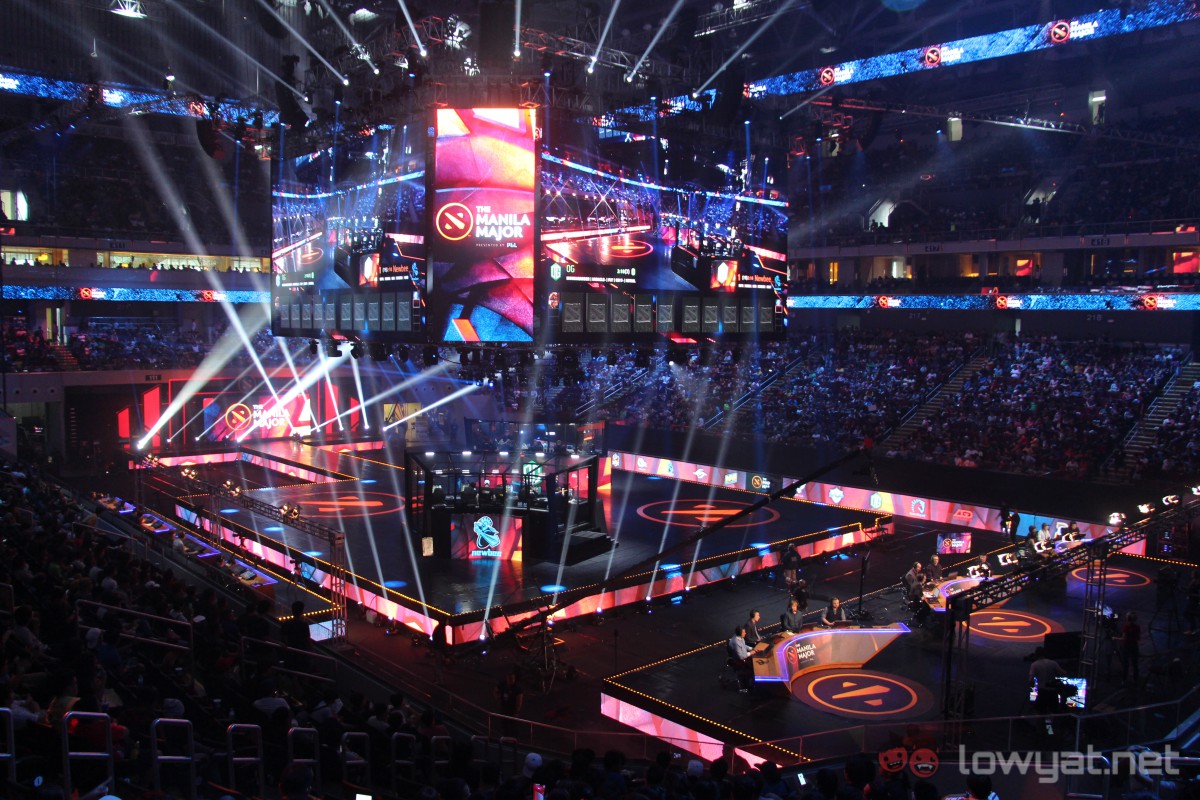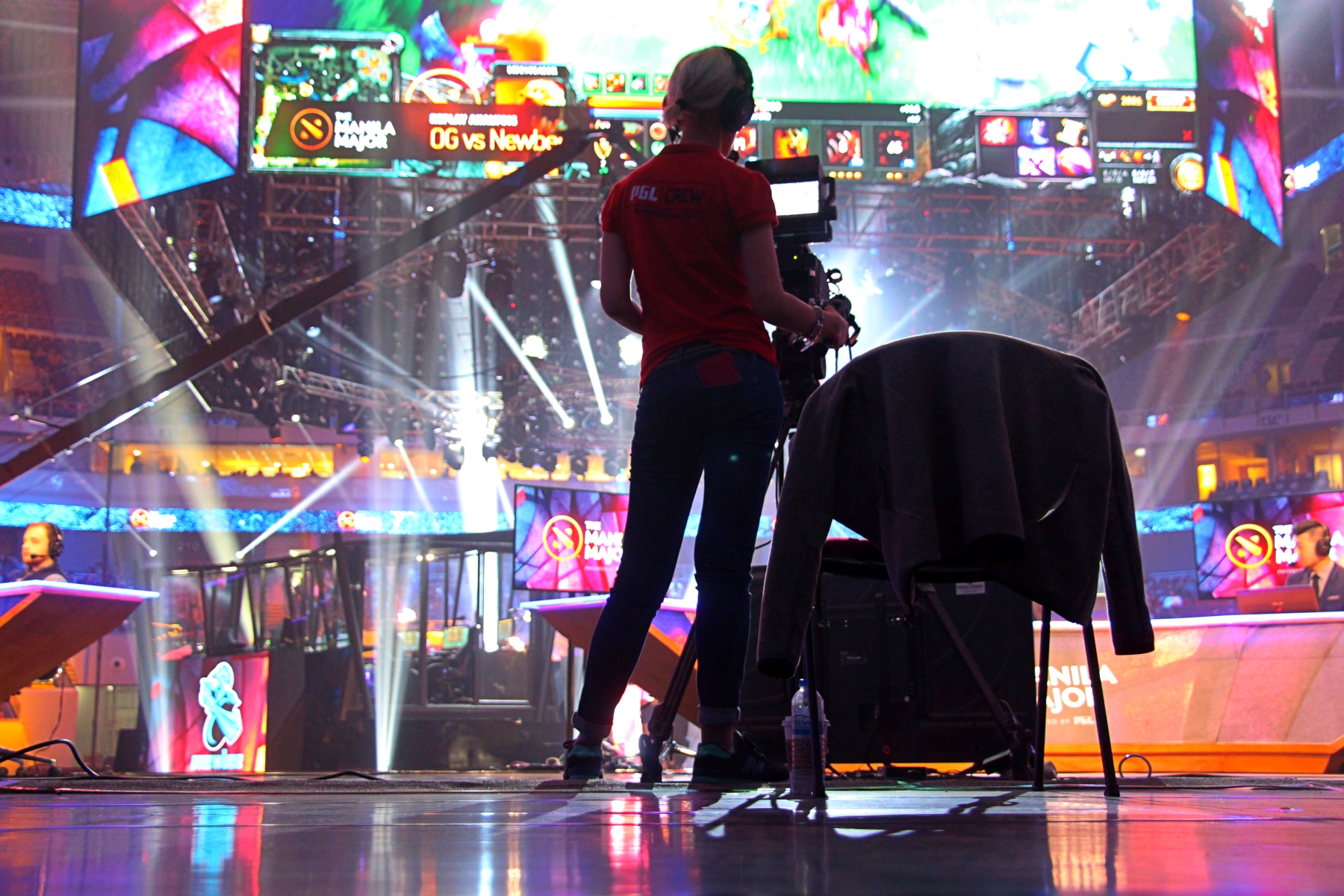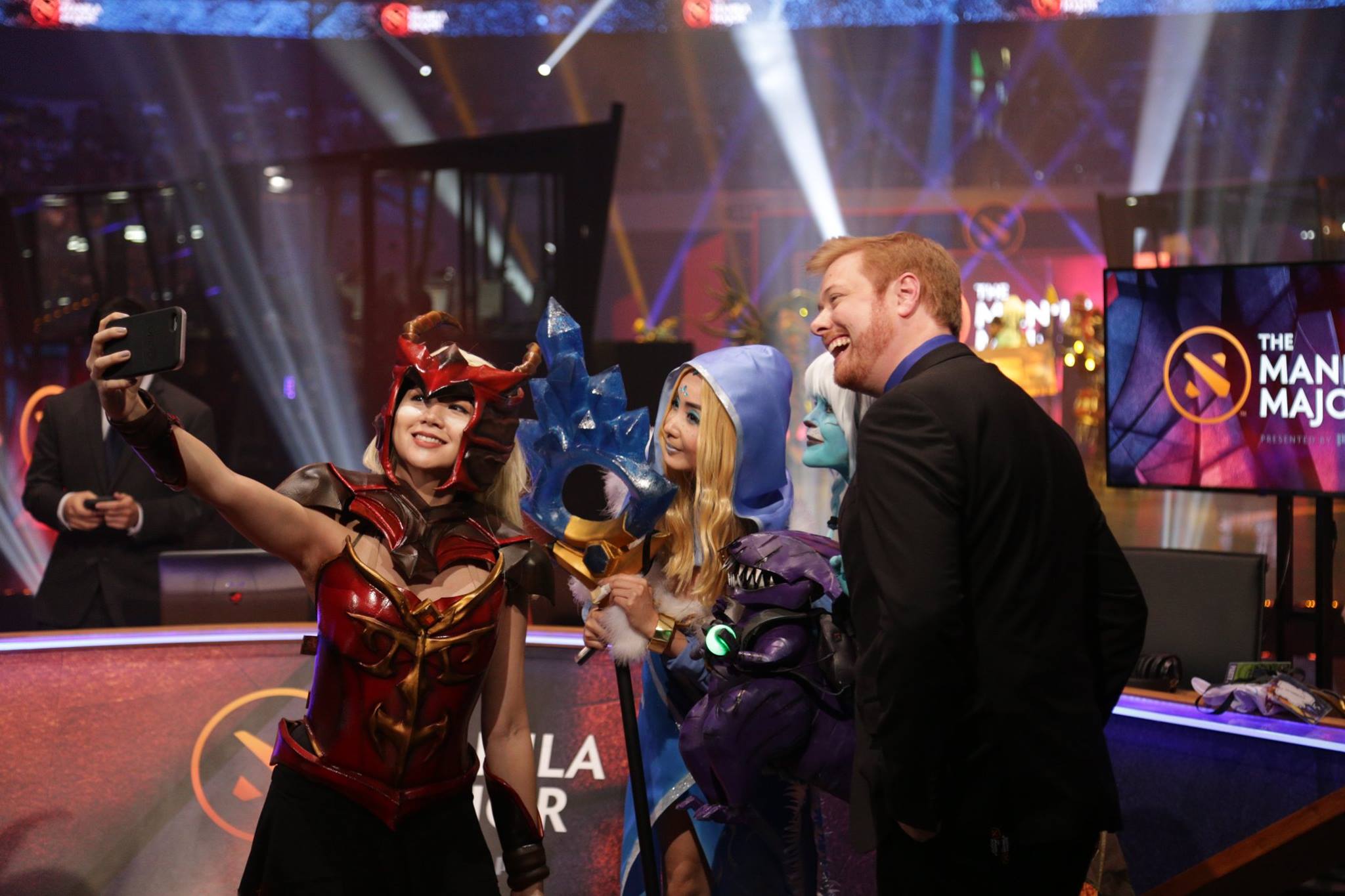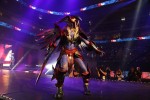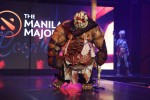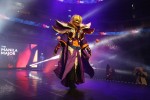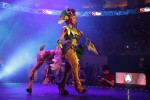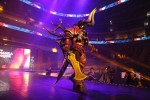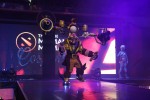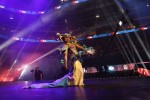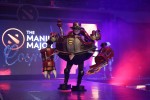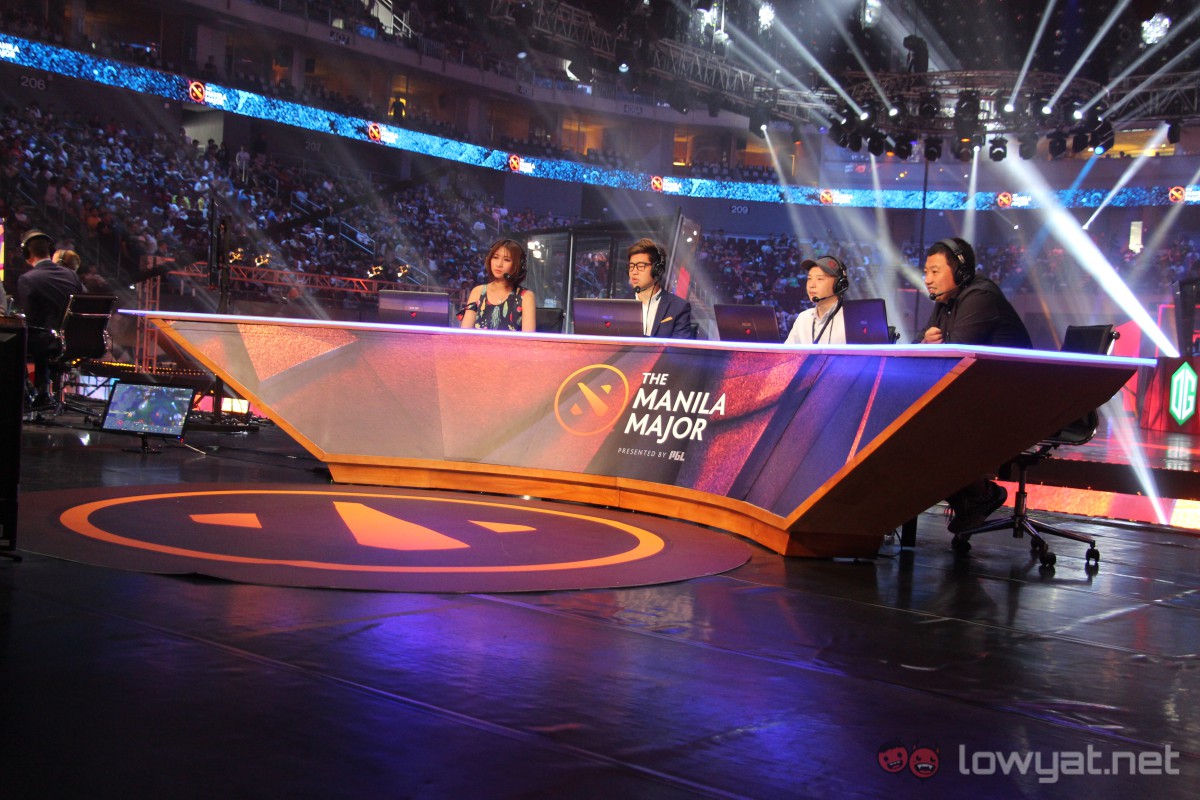The Manila Major took place over the weekend in Pasay City, the Philippines, and it was a huge success. There were a few minor hiccups here and there, but overall it was smooth sailing all the way to the finish line.
One might say this is the best Major tournament to date, but having witnessed the grand finals first hand, I came away feeling rather angry. During the flight home, I realised I was not happy about five things about this tournament. Let me explain.
Choice Of Venue
I hated that the Manila Major’s venue was perfect. The tournament was held in the Mall of Asia Arena, which is right beside a popular shopping mall. Everything was within walking distance as restaurants and hotels were all nearby.
The event entrance was well under control as the guards were efficient, allowing everyone to enter the arena systematically.
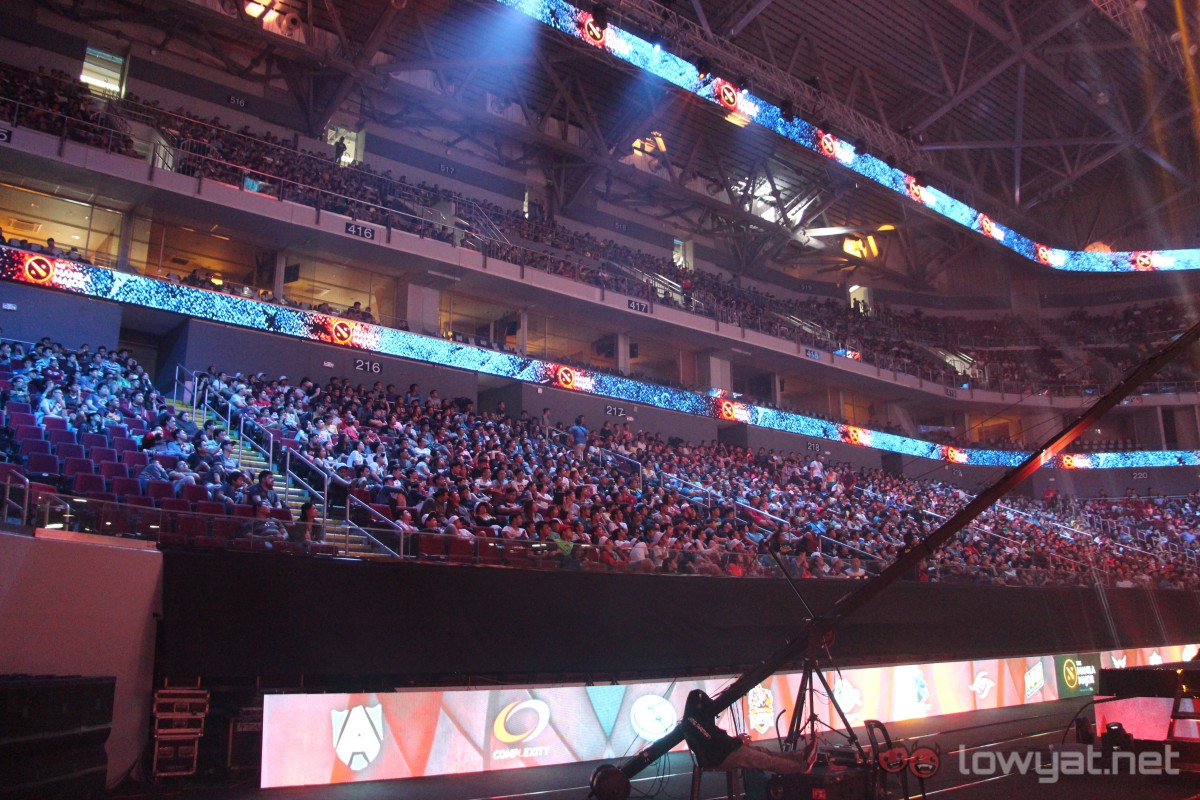
When you first walk into the Arena, the first thing you’ll see would be the Jumbotron. That’s four huge displays facing all four sides of the crowd, with small vertical displays in between.
All the seats were cushioned, categorised into multiple sections and not a single seat was left unsold for the grand final. Not only that, the air-conditioning system was properly functioning, so we were all watching in comfort despite the large crowd.
Production Value
I hated the fact that the production value was so good. PGL eSports did an amazing job with the HUD overlays on the livestream, making the matches so much more interesting to watch. They would display interesting information like hero pick percentages and player hero preferences slotted in on the side of the screen, while the match is going on.
As someone who watches and plays the game, they added a whole new level of appreciation as the match went on. This clearly isn’t some organiser who’s in it to make money – I can tell they are genuine fans of the game, and want the best viewing experience for fans.
What’s more amazing is that the team also managed to put in mini-cams and split screens to show off-screen actions. For example, the main view would show the middle lane, while mini-cams would appear to show what runes have spawned and split screens would show what’s happening on the top and bottom lane simultaneously.
When it comes to lighting, the team made the lights ‘interactive’ by making them respond to certain in-game actions. For example, when Roshan gets killed or a player gets an Ultra Kill, the light patterns change. It gave the audience a new level of interaction, something I’ve never witnessed before.
Also, the production team did a splendid job with the team and player profiles. The introduction videos were sincere, subtle, and sometimes heartwarming. Be it in or outside the game, they made sure everything was planned and executed to perfection. Fantastic.
Filler Segments
The last thing viewers would want is to watch a lame filler program right before a match, and PGL effectively avoided that. The production team organised a cosplay competition with a prize pool of US$10,000 (about RM40,000), and the cosplayers were really good. Of moving parts and ambient mist, see the cosplayers bring Dota 2 heroes to life:
Image Credit: PGL eSports
Other than cosplay, Eri Neeman, the Filipino host also had a segment where he taught casters, Slacks and ODPixel some Filipino Dota 2 slang. It was thoroughly entertaining, even if I’m only aware of a few, er, choice words from playing the game. It got the locals engaged, and that’s what you want from these activities.
Speaking of casters, they each had their own tables. Not just any table, but custom built ones to suit the event. There were also three multilingual analyst tables placed front and centre, while the casters had their own tables set stage-side.
Filipino Fans, Bus Yan!
Oh gosh, the fans. The level of passion they have for the game was really on another level. Never have I ever seen Dota 2 fans get so excited about the game. Well, at least not in Malaysia. The Filipino fans cheered at everything – literally.
When an observer ward gets dewarded, they cheer. When a hero uses the Magic Stick, they cheer. When someone gets the last hit, they cheer. It’s really fun to watch them get so excited, and you can’t help but to join them!
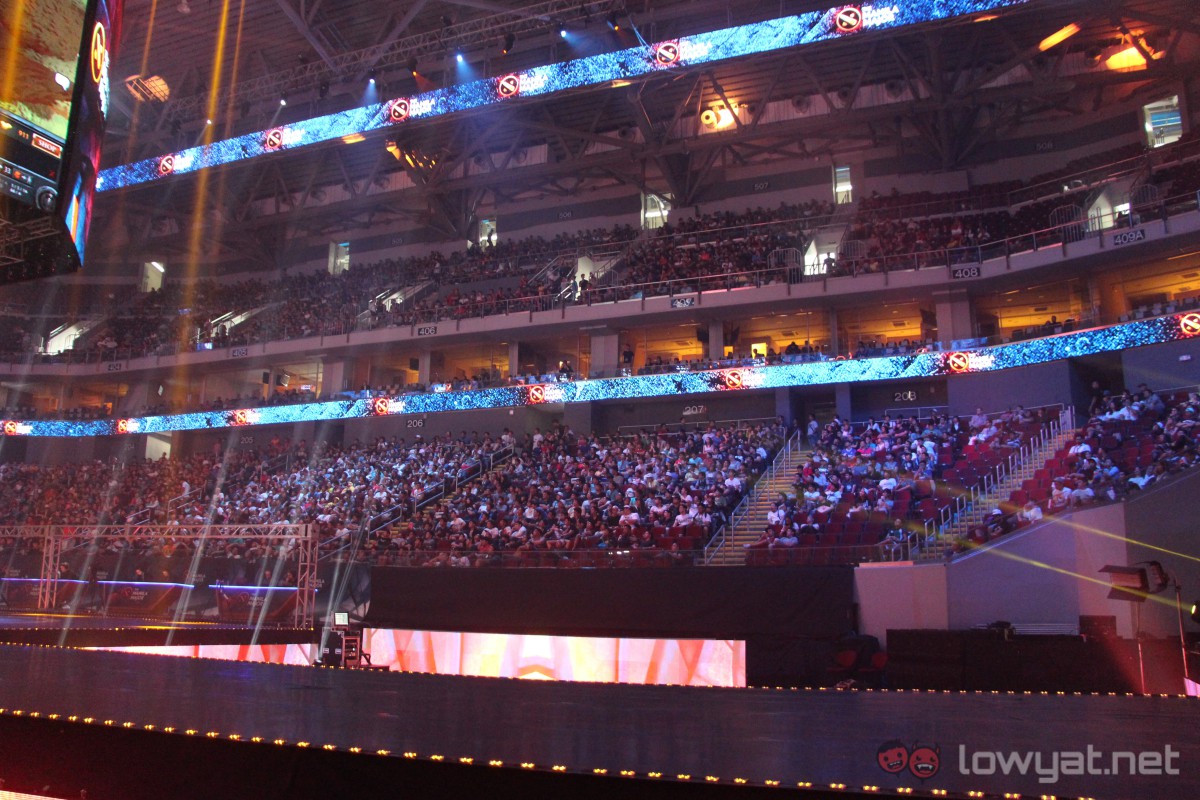
So many of the fans were really excited just to be at the event, and that’s something you can tell from their faces. To them, it’s a long-anticipated weekend where a few Dota-loving friends get together and watch their favourite teams play some professional Dota 2. The fact that entry tickets weren’t that expensive was also a plus.
Secret Shop
Another thing I hated was the Secret Shop being such a… secret. The fact that items were categorised into three-tier boxes coupled with the mystery of not knowing what you could get is pretty interesting.
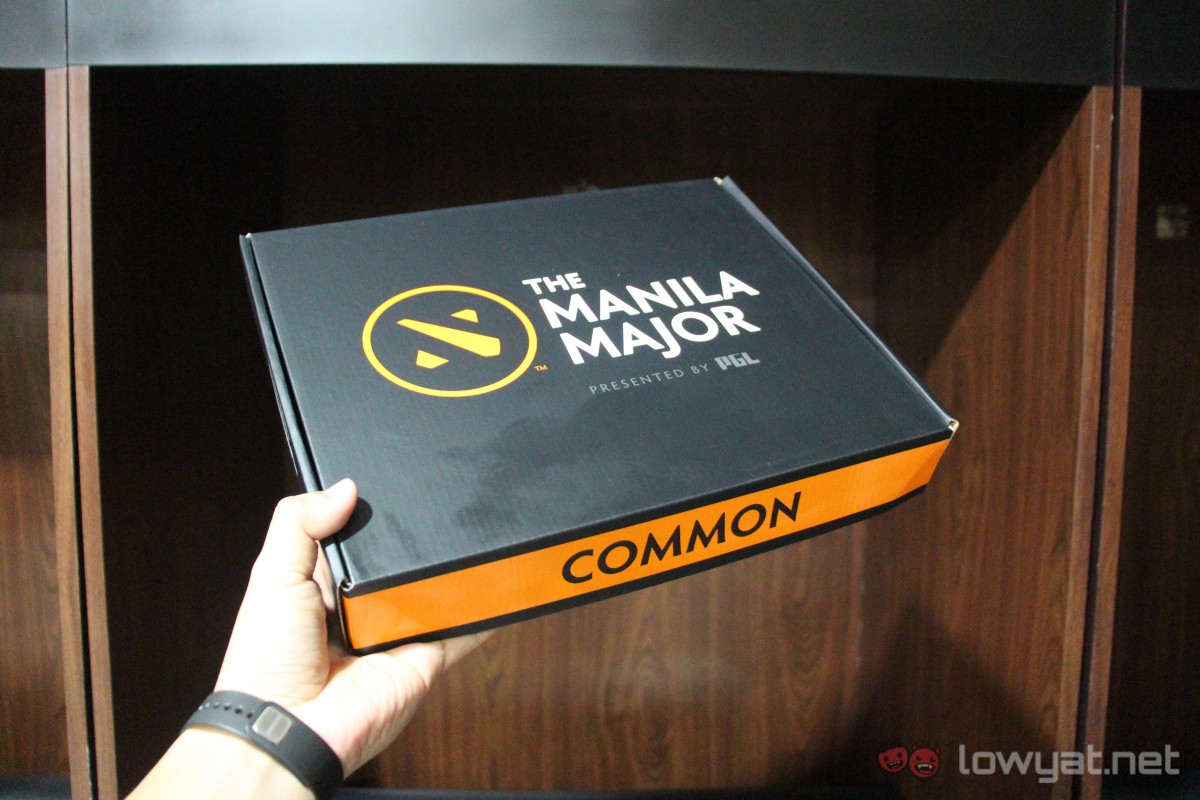
Purchasing the boxes sort of teaches you to give and take – you win some, you lose some. Most of the fans were happy with what they got, but an interesting scenario cropped up: if they didn’t get what they wanted, they began looking for others to see if they could swap items.
The boxes not only provide fans with Dota 2 merchandise, it also helped create a community by getting them to talk to each other and maybe make some new friends.
There were also 1,000 Legendary Boxes, where some of them contained a new Steelseries Rival 100 Dota 2 Edition gaming mouse. How cool is that?

When Will Malaysia Achieve This?
Yes, the Manila Major is a Valve-organised tournament, but it doesn’t mean that Malaysia isn’t capable of doing something like this. We have more than enough resources to pull this off, but more parties need to be more willing to invest in eSports.
This is a global phenomenon and is quickly becoming a very popular spectator sport – and we have genuinely world-class players in making us proud. Our government could be more active, while brands could work together and organise large-scale events. For the development of the community, these two things need to happen.
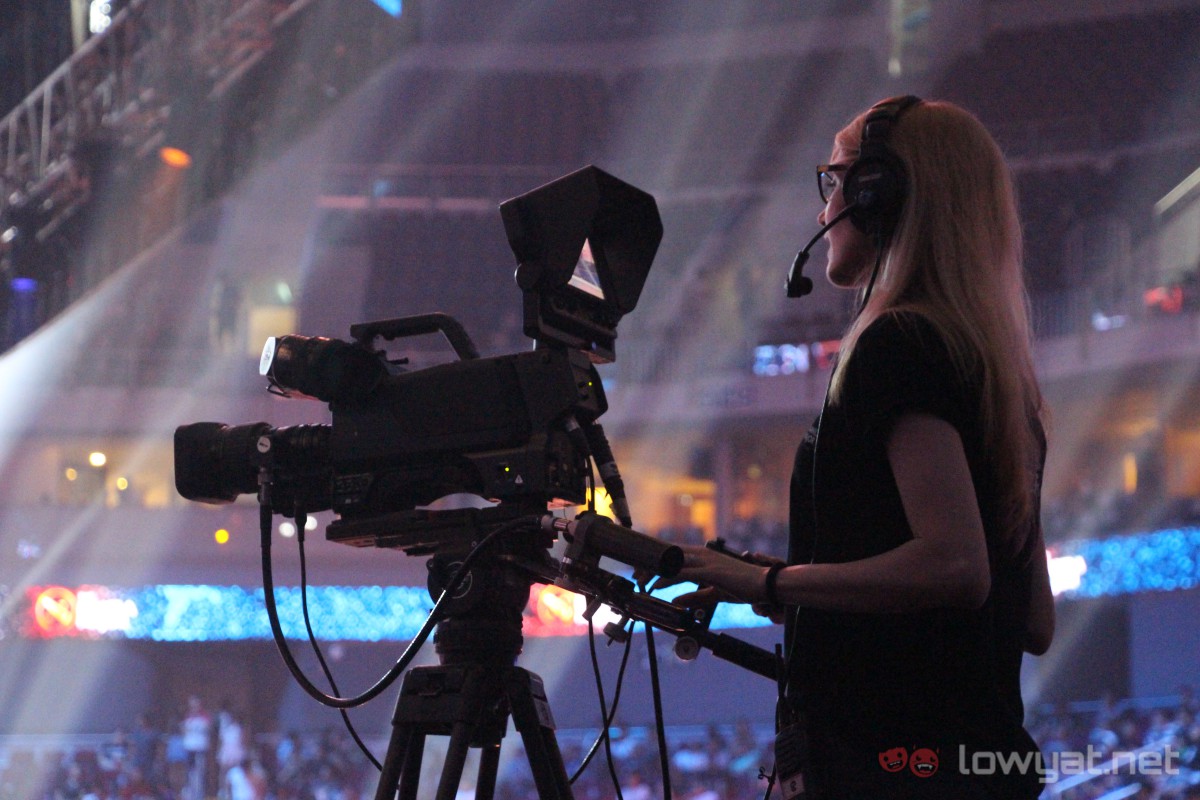
Not only that, the fans must also prove that large-scale tournaments are worthy of being organised. If a major event is put into place but only a fraction of the hundreds of thousands of Malaysian gamers show up, then what’s the point? We’re passionate enough to turn up in droves when our Harimau Malaya team dons their jerseys, or when Datuk Lee Chong Wei goes for a jumping smash. The time will soon come when we cheer for the fantastic e-Sports talent that we have.
Every ticket purchased, every seat filled improves the eSports scene in Malaysia and it gives involved parties the confidence to bring bigger and better content for us, the audience. Even Astro has started eGG Network to bring viewers at home eSports content and tournament from around the world.
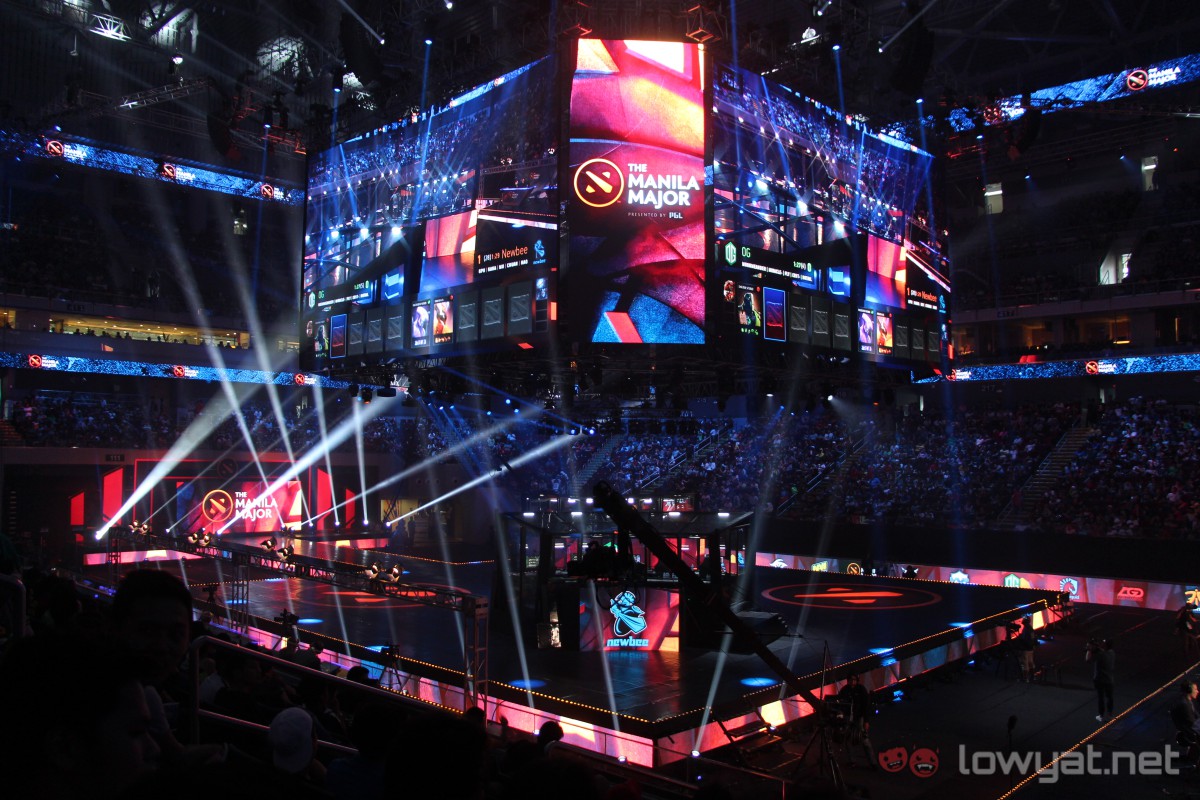
The Manila Major was also the perfect example of a competent production team working hand in hand with a horde of passionate Dota 2 fans, bringing the game and its community to a whole new level. It left me excited to know when would the next major tournament take place.
Now that the Major tournaments are over, let’s move forward and hope that Malaysia will learn from these tournaments and come up with something on par, if not better. After all, Malaysia Boleh, kan?

Follow us on Instagram, Facebook, Twitter or Telegram for more updates and breaking news.


